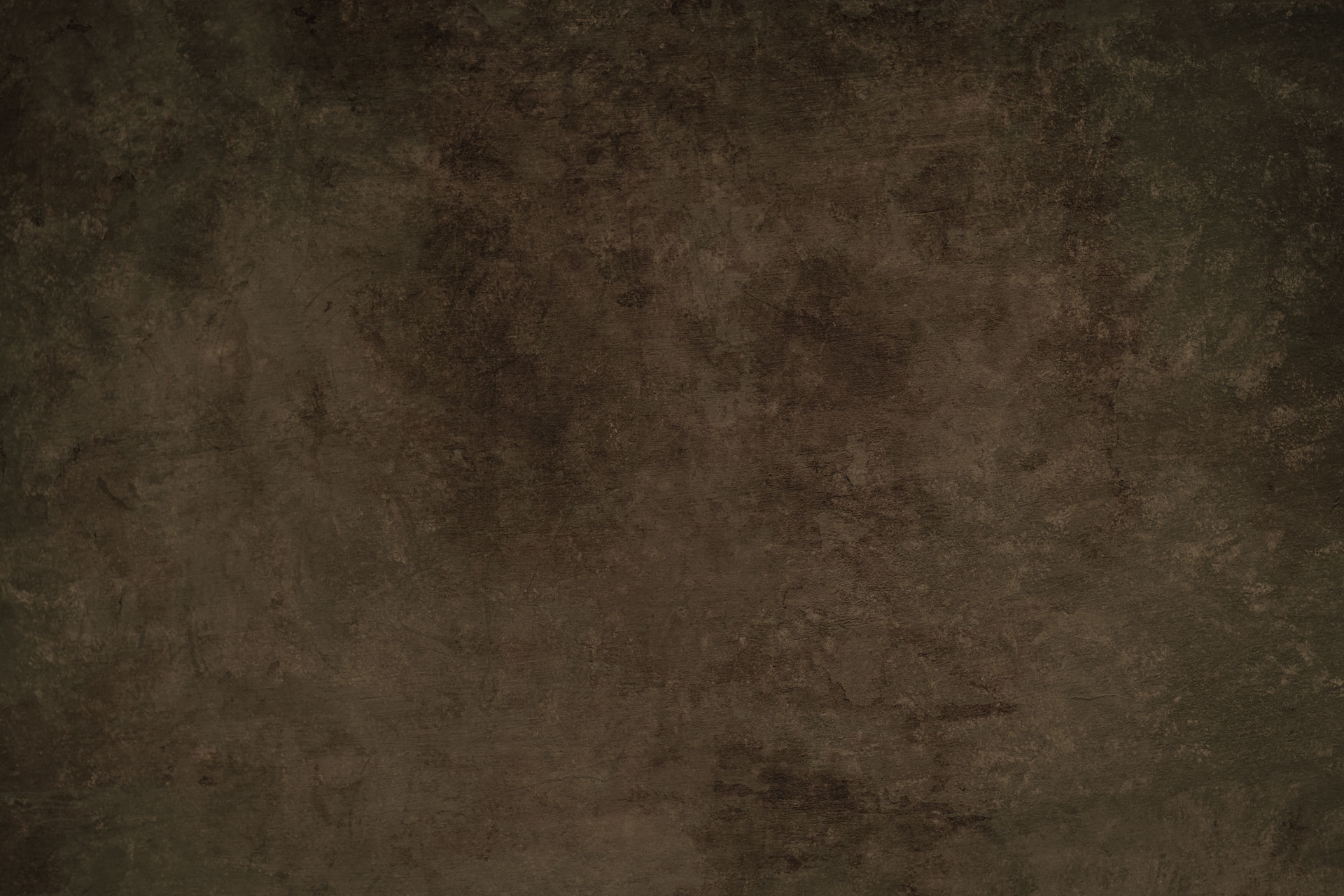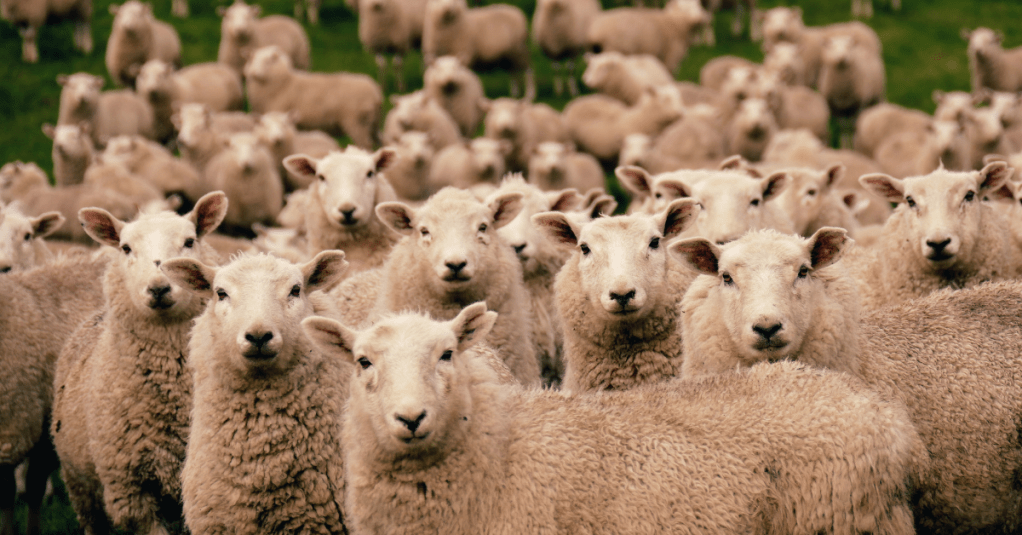

Effects of Flystrike
Flystrike occurs when blowflies lay eggs in warm, moist areas on a sheep and these eggs hatch into maggots, which then invade the living sheep. During spring, summer and autumn – and especially when conditions are humid – flystrike can be a significant problem for New Zealand sheep farmers.
Once a sheep is struck, the infestation spreads rapidly. Even before the maggots start to burrow, their presence
causes inflammation of the skin, loss of skin cells and oozing of protein-rich fluid. Burrowing maggots cause serious fleece and wool damage. Larvae vomit up stomach contents and the enzymes and acids digest tissue.
The intense irritation and inflammation causes the sheep to bite or rub the affected area, leading to further damage and bacterial infection. The damaged skin is very attractive to other female flies and even a small strike can rapidly escalate to become fatal. After a few days, sheep become lethargic, stop eating and lose condition. Untreated, they will die from blood poisoning, and skin and fluid loss.
Even in animals that survive, there are reductions in wool growth, wool quality, weight gain and fecundity. Severe
scarring seriously downgrades the value of the pelt. Alongside the economic impacts of flystrike and lice, there are obvious animal welfare issues. New Zealand’s Animal Welfare Act 1999 specifies:
- All reasonable steps must be taken to prevent, or identify and manage the risk of flystrike in sheep.
- Affected sheep must receive appropriate treatment at the earliest opportunity.

Flystrike Risk Factors
During warm months, flystrike incidence depends mostly on the presence of susceptible sheep, not on the density of sheep blowflies in the area. As few as 7-10 blowflies per hectare are enough to cause extensive flystrike if susceptible sheep are present. A number of factors act to make a sheep more attractive to flies and susceptible to flystrike:
- Soiling around the crutch (dags)
- Faecal and urine staining occurs around the crutch area, especially in lambs
- Urine staining around the pizzle of rams and wethers, and those with pizzle rot, can also be attractive to blowflies
- The majority of flystrike will occur around the breech but (back and top of hind legs under tail) occasionally sheep will be struck on other parts of the body for no apparent reason e.g., Australian green blowfly will often strike on the back. Rams can also be struck on the head if injured through fighting (poll strike), and flies may be also attracted to other areas where infection has occurred e.g., footrot.

